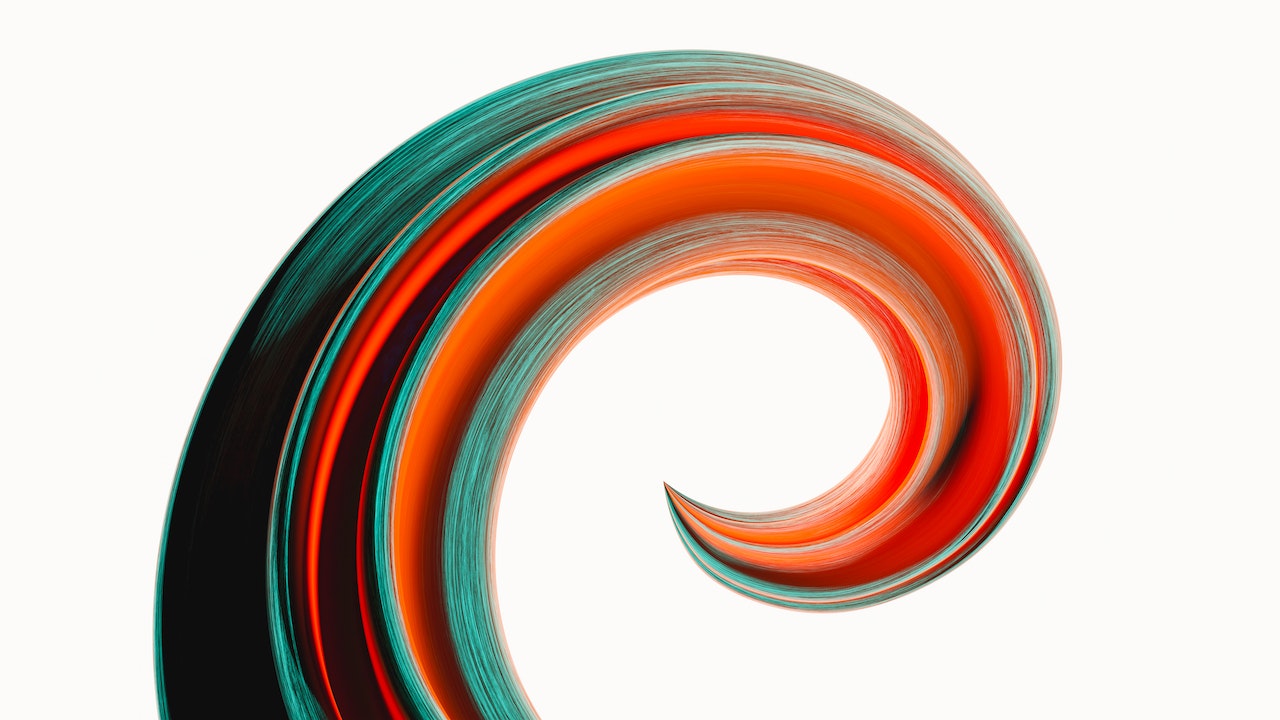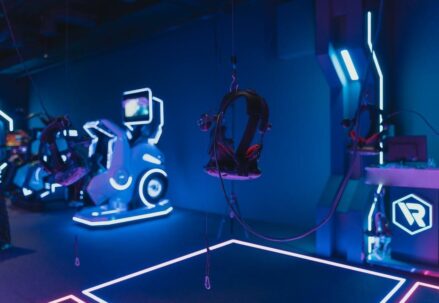Three-dimensional (3D) modeling is the process of creating a three-dimensional representation of an object. This can be done using a variety of software programs, each with its own strengths and weaknesses. In general, 3D modeling is used to create models that can be used in a variety of ways, such as for engineering or architectural purposes, or for creating three-dimensional images and animations.
There are a few things to keep in mind when exploring the possibilities of 3D modeling. First, it is important to have a clear idea of what you want to create. Second, you need to choose the right software program for your needs. And finally, you need to be willing to experiment and learn from your mistakes. With these things in mind, you can start to explore the possibilities of 3D modeling.
The history of modeling and its applications in various fields
Modeling has been around since the early days of civilization. It was used for everything from predicting the weather to designing buildings and bridges. In more recent times, modeling has been used in a variety of fields, including medicine, engineering, and business.
The history of modeling is a long and interesting one. It is a history that is full of both successes and failures. The early days of modeling were plagued by a lack of understanding of the underlying principles. This led to many false predictions and a lot of wasted effort.
However, as our understanding of the world has grown, so has our ability to create accurate models. Today, modeling is an essential tool in a variety of fields. It is used to predict the weather, design bridges and buildings, and even to understand complex systems like the human brain.
The future of modeling looks bright. With the continued growth of computing power and the availability of data, we will only continue to get better at creating accurate models. This will allow us to solve problems that we never thought possible and to make better decisions in all aspects of our lives.
The different types of modeling software and their features
Different types of modeling software offer different features, so it is important to choose the right software for your project. Some software is better suited for creating 3D models, while others are better for creating 2D models.
3D modeling software typically offers more features and flexibility than 2D modeling software. 3D models can be rotated and viewed from any angle, and can be more realistic and detailed than 2D models. However, 3D modeling software can be more difficult to use than 2D modeling software, and may require more time and effort to create a model.
2D modeling software is typically easier to use than 3D modeling software, and can be used to create simpler models. 2D models can be viewed from only one angle, but can be easier to create than 3D models.
Some features that may be offered by modeling software include:
-The ability to create models from scratch, or to import existing models
-A variety of tools for creating and editing models
-The ability to add textures, colors, and other effects to models
-The ability to export models in a variety of formats
-The ability to share models online
The process of creating a model from scratch
A model is a mathematical representation of a system. It is a way of understanding and predicting the behavior of a system. In order to create a model from scratch, one must first understand the system that they are trying to model. Once the system is understood, the next step is to develop a mathematical representation of the system. This mathematical representation can take many different forms, but it must be able to accurately represent the behavior of the system. Once the mathematical representation is developed, it can be used to predict the behavior of the system.
The advantages and disadvantages of modeling
Modeling is a great way to showcase your products and services to potential customers. It can help you create a strong visual representation of your brand and what you have to offer. Additionally, modeling can be a great way to connect with your target audience and create a connection with them.
However, modeling also has its disadvantages. For one, it can be expensive to hire models and to produce high-quality modeling shots. Additionally, modeling can be time-consuming, and it may be difficult to find the right models who fit your brand and products.
The future of modeling and its potential applications
The future of modeling is looking very promising. With the advent of new technologies, modeling is becoming more and more realistic and accurate. This is allowing for new and exciting applications for modeling to be developed.
One area that is seeing a lot of potential for modeling is in the area of medicine. Modeling can be used to create realistic simulations of medical procedures. This can be used to train doctors and other medical professionals. It can also be used to create virtual patients for research purposes.
Another area where modeling is seeing a lot of potential is in the area of engineering. Modeling can be used to create realistic simulations of engineering problems. This can be used to test out new designs and to find potential problems with existing designs.
Overall, the future of modeling is looking very bright. With the continued development of new technologies, modeling is only going to become more realistic and accurate. This will allow for new and exciting applications to be developed.




